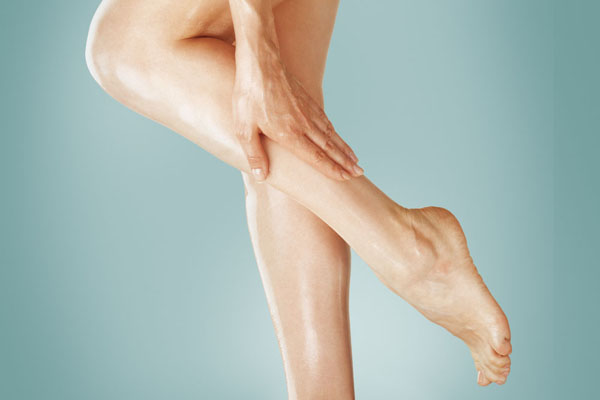
While most patients are familiar with spider veins and varicose veins, few know about reticular veins, also known as blue veins, Jacksonville specialist James St. George says.
What are Reticular Veins?
Reticular veins are common, but they form deeper under the skin’s surface, so they’re less visible. They’re larger than spider veins, but smaller than varicose veins, ranging from 1-3mm in diameter. And they’re typically flatter and less twisted or bulged than varicose veins. They often can become “feeder veins,” contributing to the development of spider veins. Blue or greenish in color, reticular veins most often occur in the thighs, behind the knee, and lower leg. However, they also can be found on the face.
The Primary Causes of Reticular Veins?
The primary causes of reticular veins are the same as those of spider and varicose veins: weak or damaged small valves in the vein. Blood backs up in the veins (reflux) and causes tiny veins on the skin surface to dilate and become visible (spider veins.) Contributing factors include genetics, age, weight, hormonal changes, pregnancy, occupations that require a lot of sitting or standing with little movement, and your geographic location. Those who live in warmer climates with greater sun exposure, like sunny Jacksonville, are more prone to reticular veins because of the sun’s UV damage to the skin.
Ways to Prevent.
Preventative measures include keeping a healthy weight, limiting your skin’s sun exposure, avoiding lengthy periods of standing or sitting and elevating your legs while resting. When they do occur, reticular veins typically can be successfully treated with sclerotherapy.
If you believe you may have reticular or blue veins, contact the St. Johns Vein Center at 904-402-VEIN (8346) or via our online consultation scheduling form.



